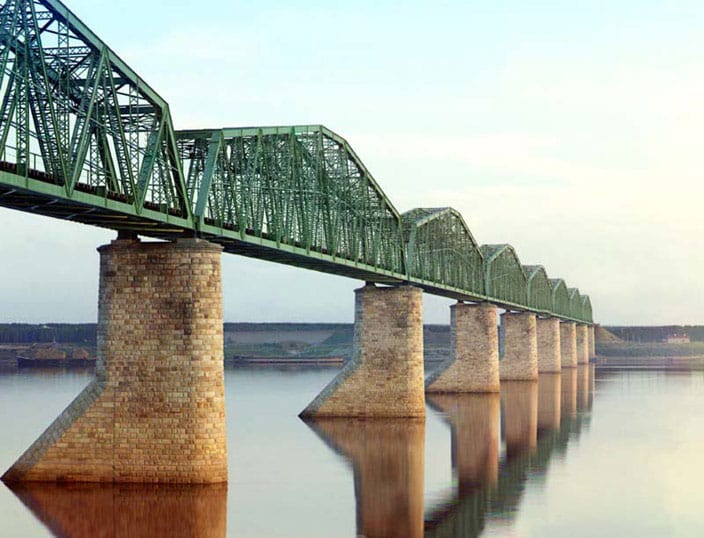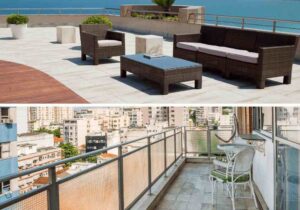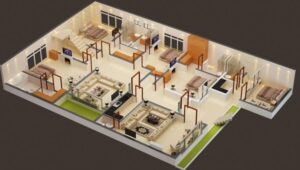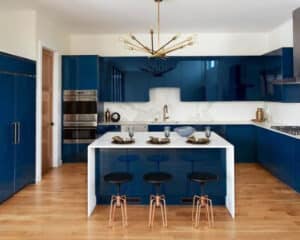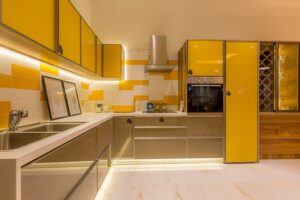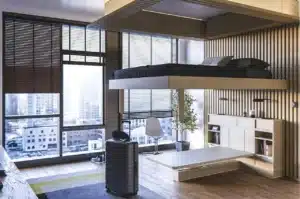10 Secrets to Making a Truss Rigid with Triangle Shape
In the realm of structural engineering, creating a rigid truss is essential for ensuring the stability and strength of a structure. One of the most effective methods to achieve this rigidity is by embracing the triangular shape in truss design. This article will unveil 10 secrets that elevate the rigidity of trusses through the ingenious use of triangular structures. Truss Rigid with Triangle Shape
Understanding Truss Dynamics
Before delving into the secrets, it’s crucial to comprehend the dynamics of trusses. A truss is a framework comprising straight members connected at joints, forming a stable structure. The key lies in distributing forces effectively, and the triangular shape inherently excels at this due to its geometric properties.
The Triangular Stability Advantage
Triangles are renowned for their inherent stability. Unlike other shapes, a triangle cannot deform without changing the length of its sides, making it an ideal choice for creating rigid structures. Incorporating triangles into truss designs ensures enhanced stability and resistance to external forces.
Optimizing Triangle Angles
The angles within a triangle play a pivotal role in determining its stability. By optimizing these angles in truss design, we can maximize rigidity. Through meticulous calculations and analysis, engineers can pinpoint the ideal angles that bolster the truss’s overall stability.
Material Selection for Triangular Trusses
Choosing the right materials is paramount in truss construction. Opt for materials that offer both strength and durability. Steel and aluminum are popular choices for triangular trusses due to their high tensile strength, ensuring the structure can withstand considerable loads without compromising stability.
Strategic Joint Placement
The placement of joints in a truss system significantly influences its overall rigidity. Strategic placement of joints in the triangular configuration helps distribute loads evenly, preventing concentration at specific points that might compromise stability.
Symmetry and Balance in Truss Design
Achieving symmetry and balance in truss design is instrumental in enhancing rigidity. A well-balanced triangular truss ensures that forces are distributed uniformly, preventing any weak points that might jeopardize the structural integrity of the system.
Incorporating Redundancy for Extra Security
To add an extra layer of security and stability, incorporate redundancy in the truss design. This means introducing additional members strategically to provide alternative load paths. In the event of a failure in one area, the redundant elements ensure the overall structure remains intact.
Utilizing Advanced Analysis Tools
Modern engineering benefits from a plethora of advanced analysis tools. Finite Element Analysis (FEA) and computer simulations allow engineers to scrutinize truss designs comprehensively. Leveraging these tools enables the identification of potential weaknesses and the refinement of the truss for optimal rigidity.
Considering Environmental Factors
Environmental conditions can impact the stability of a truss. Accounting for factors such as wind loads, seismic activity, and temperature variations ensures that the truss remains rigid under diverse conditions. Adapting the triangular design to accommodate these factors is crucial for long-term structural integrity.
Continuous Research and Innovation
The field of structural engineering is dynamic, with ongoing advancements. Staying abreast of the latest research and innovations is crucial for refining truss designs continuously. Embrace a culture of continuous learning and integration of cutting-edge techniques to push the boundaries of truss rigidity.
In conclusion,
achieving optimal truss rigidity through the implementation of a triangular shape involves a meticulous combination of geometry, material science, and strategic design principles. By understanding these 10 secrets, engineers can create trusses that not only meet but exceed expectations in terms of stability and strength.

